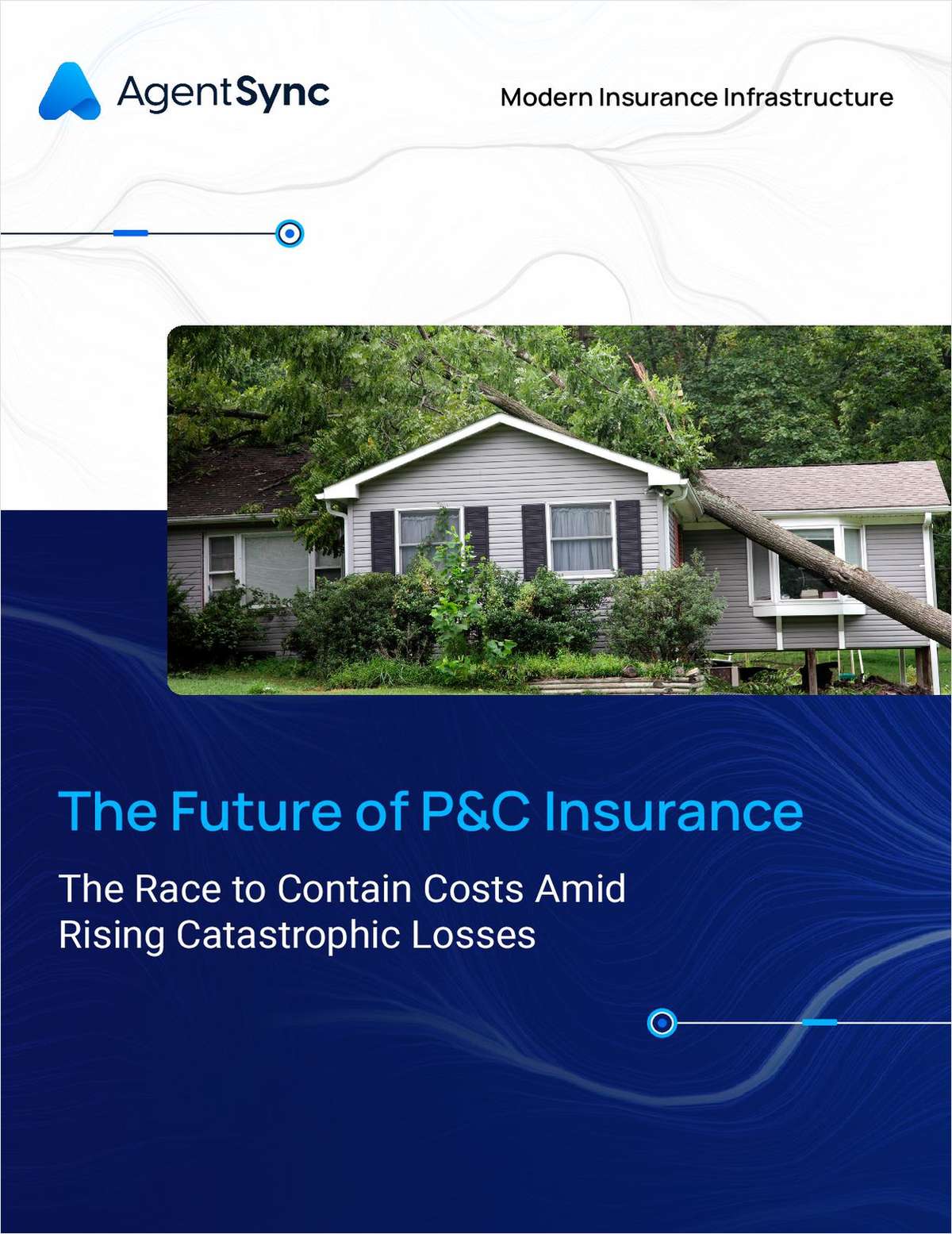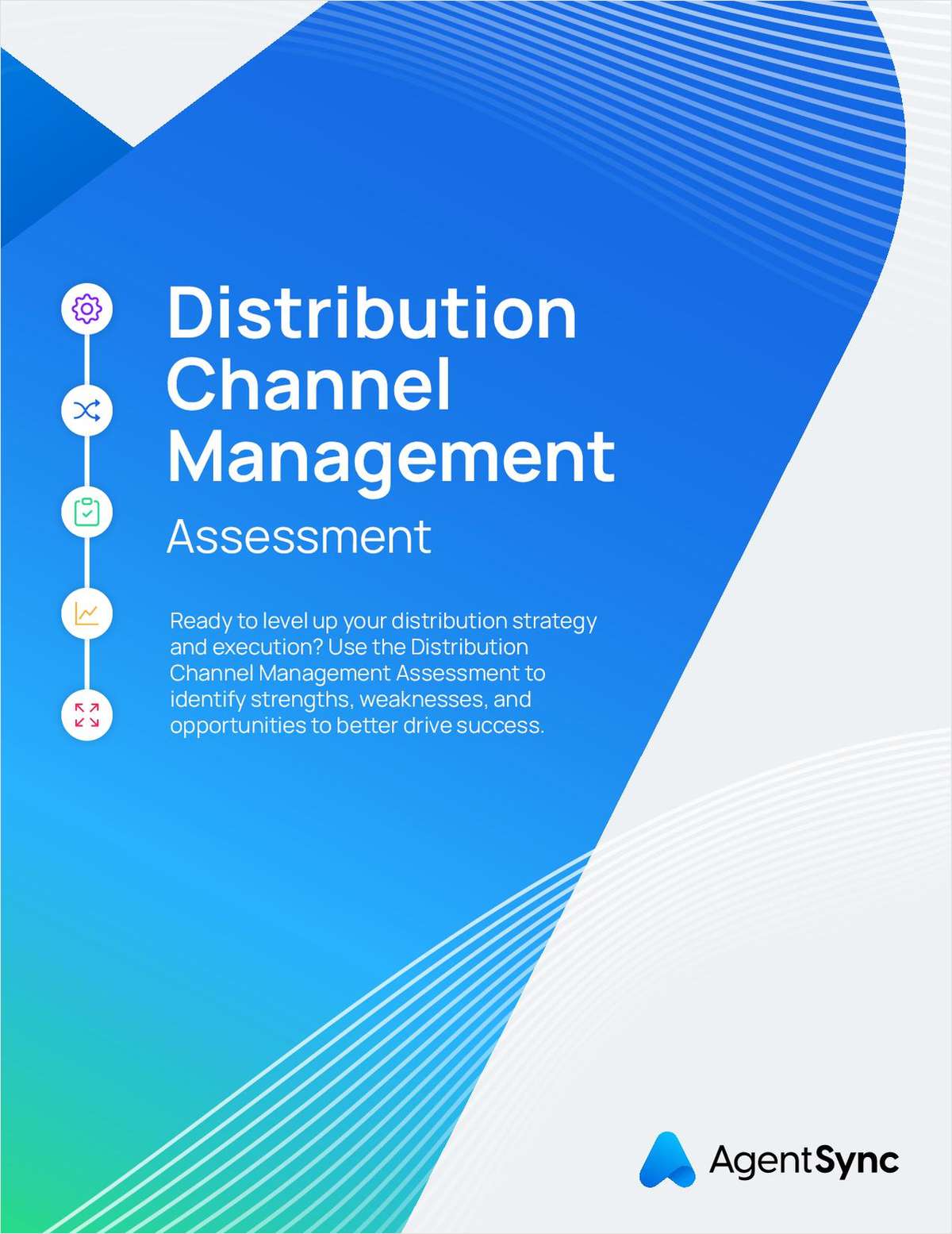Surveys of insurance IT leaders conducted by Strategy Meets Action show 91 percent of carriers on the life/annuity side are keeping spending levels flat or showing a slight increase. On the property/casualty side, 83 percent reported flat spending or slight increases, according to Deb Smallwood, founder of SMA.
The good news for the industry is those numbers are slightly higher than a year ago at this time, notes Smallwood. Although the propensity of life/annuity companies is to spend less on IT than their property/casualty contemporaries, Smallwood notes the life/annuity side got hit harder by the economic downturn in 2008.
The life/annuity side appears to be recovering faster, points out Smallwood, because they don't have the soft market situation the P&C carriers have to deal with.
“I think you'll see more accelerated spend on the life/annuity side,” says Smallwood. “All our research is pointing to higher spending for them as they are looking for growth. Because of the nature of their business they can do that because of the way they price their products vs. the [rate] regulation on the property/casualty side.”
SMA's research disclosed that insurers feel one of the key areas that has surfaced to the top on both sides is BPM and workflow.
“That's the highest rating on both sides with 65 to 70 percent of the insurers,” says Smallwood. “The other area that scored higher this year than last year is business optimization.”
Policy administration system replacements continue to be a focus on both sides, points out Smallwood, with claims becoming a higher priority on the P&C side for 2011.
Not surprisingly, data is also near the top for insurers. Data scored number three on the property/casualty side and CRM and data projects scored three and four on the life/annuity side.
IT security also scores high for insurance investment. Smallwood I believes mobile technology, social media, and smartphones have created a new level of security.
“Many executives are asking for iPads and the CIOs and CTOs are wondering how they can secure them,” says Smallwood. “IT security is taking on a different level of maturity.”
BPM and workflow also are viewed as important areas for 2011 from the SMA research. Smallwood claims 69 percent of P&C carriers and 78 percent of life/annuity carriers say they are positioning for growth.
“In the flat economy one way to grow is to cut expenses,” she says. “If you look at their business drivers for technology spending, business optimization scores high on cost containment.”
Claims
Smallwood reports seeing more activity in claims spending in the latter part of 2010.
“For the most part I feel many insurers have addressed policy and the agent issues and are now moving to the back office,” she says. “It could be claims management replacement or a BPM type solution for workflow, or it could be scanning and imaging, or it could be providing analytics and external data. It's an area with lots of potential projects.”
Data
Some companies plan to clean up data, and jump into data management and data warehousing projects. While speaking at several CIO forums last fall, Smallwood learned many insurers report having a modern business intelligence tool in place.
“I think [insurers] are addressing data in two different ways,” she says.
One company she met with is starting to work the data through a tool to clean up the data. “Let's say they start with financial,” says Smallwood. “Rather than taking a pure data map for data management, they are getting people up to speed with initiatives that are linked to the business. It's really the first step.”
Smallwood looks at data from three tiers: How do you gain new insights from historical data through the use of reporting, dashboards, ad hoc, and queries.
The second level involves new opportunities (“You start to ask the question why rather than where,” says Smallwood.). At this point carriers examine their book of business and bring in external data for market intelligence.
The third is capitalizing on the new opportunities. This involves turning to the predictive models and analysis and answering the question: What is likely to happen?
“We know in underwriting in personal lines carriers are using predictive models for insurance scores and risk appetite,” says Smallwood. “They are using models in claims, but now [the models] are more widespread throughout the value chain. Once you have all the data together for new opportunities and predicting the future it creates a whole chain.”
Technology the only way
Smallwood doesn't believe insurers look at technology as the only way to grow, but she feels they understand the competitive advantage technology offers and how that translates to growth.
“CEOs and senior leaders are more mindful of what's going on in the industry and figuring out how far behind or at the pace of the pack they want to be,” says Smallwood. “There are other ways to grow the business without technology because they have grown without things like analytics, but they are seeing technology could be a differentiator.”
Want to continue reading?
Become a Free PropertyCasualty360 Digital Reader
Your access to unlimited PropertyCasualty360 content isn’t changing.
Once you are an ALM digital member, you’ll receive:
- Breaking insurance news and analysis, on-site and via our newsletters and custom alerts
- Weekly Insurance Speak podcast featuring exclusive interviews with industry leaders
- Educational webcasts, white papers, and ebooks from industry thought leaders
- Critical converage of the employee benefits and financial advisory markets on our other ALM sites, BenefitsPRO and ThinkAdvisor
Already have an account? Sign In Now
© 2025 ALM Global, LLC, All Rights Reserved. Request academic re-use from www.copyright.com. All other uses, submit a request to [email protected]. For more information visit Asset & Logo Licensing.








